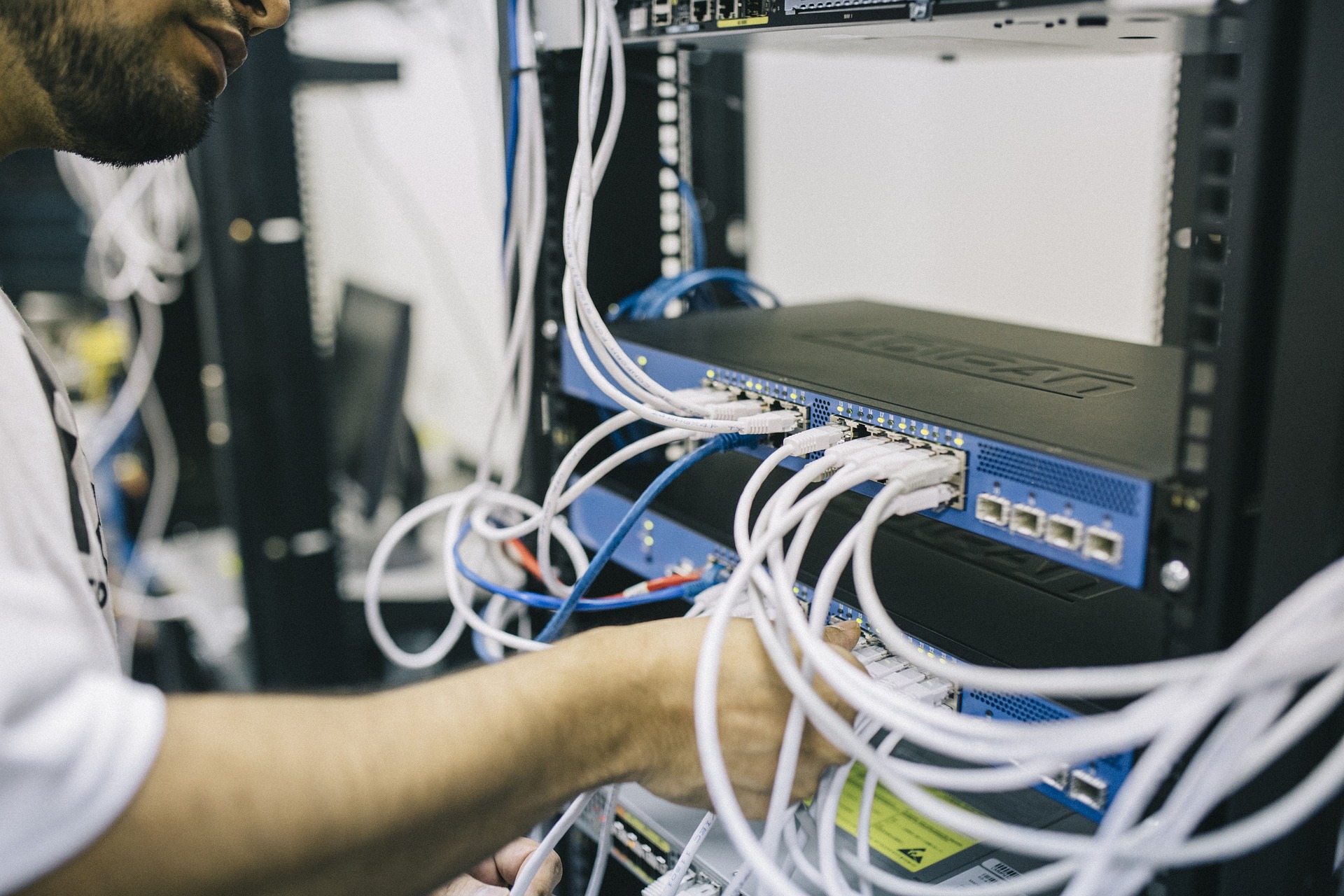Decoding the Transition from IPv4 to IPv6
The internet, a crucial part of our daily life, is undergoing a significant change, specifically in its addressing system. The transition from Internet Protocol version 4 (IPv4) to version 6 (IPv6) is a pressing topic in the internet and telecom industry. Read below to understand this transition and what it means for both consumers and businesses.
The Basics: Understanding IPv4 and IPv6
IPv4, the current IP addressing system, is nearing exhaustion due to the rapid growth of the internet. Since IPv4 uses a 32-bit addressing scheme, it can only support about 4.3 billion unique addresses, far short of the current demand. To tackle this problem, IPv6 was developed. IPv6 uses a 128-bit scheme, providing approximately 340 undecillion addresses. This shift ensures the internet can continue to grow without any addressing limitations.
Why the Shift to IPv6 Matters
This transition isn’t just about providing more addresses. IPv6 also brings improvements in efficiency, security, and functionality. For instance, IPv6 offers simplified packet headers for routing efficiency and improved support for options and extensions. It also provides better multicast routing, and most importantly, it has built-in security features for encryption and authentication.
Preparing for the Transition: What Businesses Need to Do
Businesses need to prepare for this major shift. This involves not only upgrading their network infrastructure but also training their IT staff about IPv6. Moreover, businesses should consider dual stacking, allowing devices to operate over both IPv4 and IPv6 simultaneously. This step is essential to ensure that their services remain accessible during the transition period.
The Consumer Perspective: What Does this Mean for Users?
For most consumers, the transition will be seamless. Internet Service Providers (ISPs) and device manufacturers are handling the technical aspects of the transition. However, users should ensure that their devices are IPv6 compatible to avoid future connectivity issues.
Addressing Challenges: Overcoming the Hurdles of IPv6 Transition
Despite the numerous benefits, the transition to IPv6 is not without challenges. These include a lack of awareness and the need for substantial investment in infrastructure upgrades. Fortunately, the internet and telecom industry are working together to overcome these hurdles and facilitate a smooth transition.
Useful Tips and Facts: - IPv6 offers more than enough addresses for every individual and device on the planet. - IPv6 provides better security features than IPv4. - The transition to IPv6 will be largely invisible to consumers. - Businesses need to prepare for this transition by upgrading their network infrastructure and training their IT staff.
In conclusion, the transition from IPv4 to IPv6 is a significant development in the internet and telecom industry. It not only addresses the problem of IP exhaustion but also offers improvements in efficiency, security, and functionality. As the industry continues to navigate this transition, the benefits of IPv6 will become increasingly apparent, shaping the future of internet connectivity.





